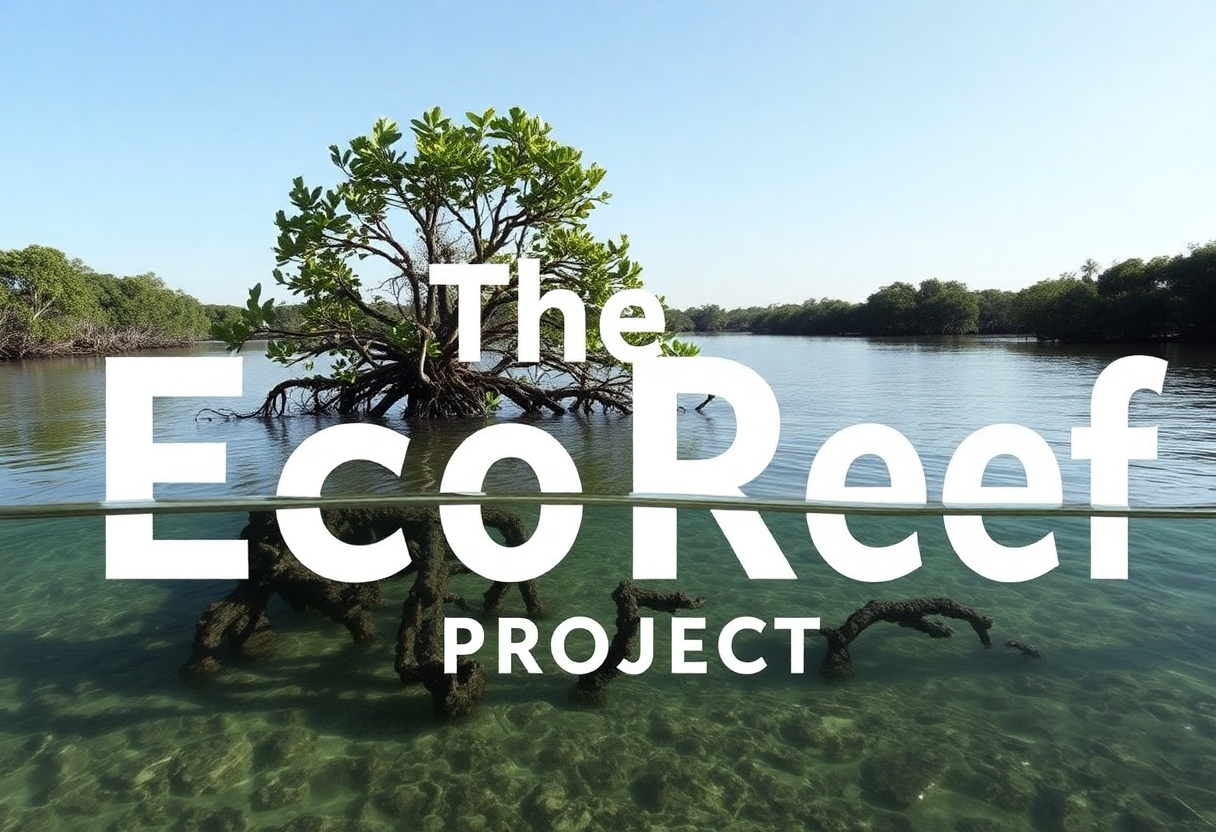Category: Uncategorized
Reviving Insect Populations & The Role of Waterways
Unraveling the Mystery of Insect Decline: The Impact of Waterways
Preamble
The Global Reduction in Insect Populations
Waterways and Their Influence
Possibilities for Revival
Epilogue
Join the Discussion
Here are some ways you can participate
Perhaps there’s a little space within our appetites to allow for a touch of dignity in death
Shiploads of animals huddled together in stinking heat lying in their own excrement don’t somehow strike me as appetizing.
I don’t ask those of you who sell them and transport them because somehow there seems to be a callou$ne$$ that’s too hard to break through.
I do ask those of you who are buying these creatures to be intensely aware of what you are buying.
Food wrapped in filth can only be unhealthy for you and for those you care about.
The little one in my arms nicknamed “Lambchop” is perhaps destined for a cruise to your place. What will you tell your kids when you serve it up?
#livesheepexports #sheepfarming #liveexports #animalcruelty #humane
Unveiling the Engineering Marvel of the Desalination Plant & Process – Pros and Cons
How Do Desalination Plants Work?
The Need for Desalination
The Desalination Process
Pros and Cons of Desalination Plants and Processes
Pros
Cons
The Future of Desalination
Join the Discussion
The Outcomes of Poor Environmental Management
The Consequences of Poor Environmental Management: A Historical Perspective
Introduction
The Historical Context
Biodiversity Loss
Climate Change
The Way Forward
Conclusion
Navigating the Ongoing Landscape of Renewable Energy Transition
The Struggles of Energy Policy
One of the most significant barriers to transitioning from fossil fuels to renewable energy is the political risk involved. Leaders are often hesitant to make drastic changes to energy policy because of the potential backlash from voters. Even if a shift towards renewable energy is in the best interest of the public, the perceived risk can be a deterrent.
Voters may be resistant to change due to concerns about job loss in fossil fuel industries, increases in energy costs, or simply fear of the unknown. These concerns are often amplified by misinformation or lack of understanding about renewable energy. As a result, groups may choose to maintain the status quo, continuing to subsidise fossil fuels instead of investing in renewable energy.
However, it’s important to note that this approach can be short-sighted. While the transition to renewable energy may involve some challenges and uncertainties, the long-term benefits for the economy, public health, and the environment are substantial. It’s crucial for groups, leaders and others to communicate these benefits to voters and to take bold action on climate change, despite the perceived risks.
Join the discussion on this topic using the hashtags #RenewableEnergy, #FossilFuelSubsidies, #EnergyTransition, #ClimateChange, and #EnergyPolitics. Remember, every voice counts in shaping our energy future.
Subsidies for Fossil Fuels vs. Renewable Energy Investments
Why Subsidise Fossil Fuels Instead of Investing in Renewable Energy
The Legacy of Fossil Fuels
The Challenge of Transition
The Power of Lobbying
The Future of Energy
Navigating Climate Change & The Role of Waterways In This Area
A Fresh Perspective on Waterways and Weather
Extreme weather events are a growing concern worldwide. As we grapple with the impacts of climate change, it’s crucial to consider the role our waterways play in mitigating these events. Here’s a discussion on how we can harness our waterways to help lessen severe weather conditions.
The Power of Ecosystems
Forests and other ecosystems play a vital role in regulating rainfall and maintaining soil quality. They also absorb CO2, the main greenhouse gas linked to global warming. By protecting these ecosystems, we can help regulate our climate and reduce the risk of extreme weather events.
Land-Use Planning
Effective land-use planning is another key strategy. This involves avoiding construction in danger zones such as flood plains or at the foot of unstable hillsides. By being mindful of where we build, we can reduce the risk posed by extreme weather events.
Sustainable Practices
Promoting sustainable practices is also essential. This includes reducing pollution, managing waste effectively, and promoting the use of renewable energy. These practices can help maintain the health of our waterways and reduce the impact of severe weather conditions.
Community Engagement
Finally, community engagement is crucial. By educating the public about the importance of waterway conservation and the role it plays in mitigating severe weather, we can encourage more people to take action.
Will It Change the Outlook?
Implementing these strategies can indeed change the outlook. By harnessing the power of our waterways, we can create a more resilient environment that is better equipped to handle severe weather conditions.
While the task is monumental, the potential benefits are equally significant. Reduced frequency and intensity of extreme weather events, healthier ecosystems, and a more sustainable future are all within our reach.
However, it’s important to remember that change won’t happen overnight. It requires consistent effort, collaboration, and a commitment to sustainable practices. But with each step we take, we move closer to our goal.
Join the Discussion
We’d love to hear any points you think are important or if you just support us and or just have questions. How do you think we can better manage our waterways to mitigate severe weather conditions? Are there any local initiatives in your area that are making a difference? Share your ideas and experiences in the comments below. Together, we can make a difference.
#JoinTheDiscussion #Waterways #Weather #ClimateChange #Ecosystems #LandUsePlanning #SustainablePractices #CommunityEngagement #Conservation #RenewableEnergy #Education
A Realistic Eco-Vision

A Realistic Eco-vision for Our Oceans and Water Sources
Sustainable Fishing Practices
Reducing Pollution
Protecting Marine Biodiversity
Climate Change Mitigation
Water Conservation
The Balancing Act Of Science & Commonsense In Our Environment & Waterways
The Balancing Act
The Role of Science
The Place for Common Sense
Striking the Balance
Join the Discussion

.png)

.png)
.jpeg)

.jpeg)
.jpeg)
.jpeg)
.webp)